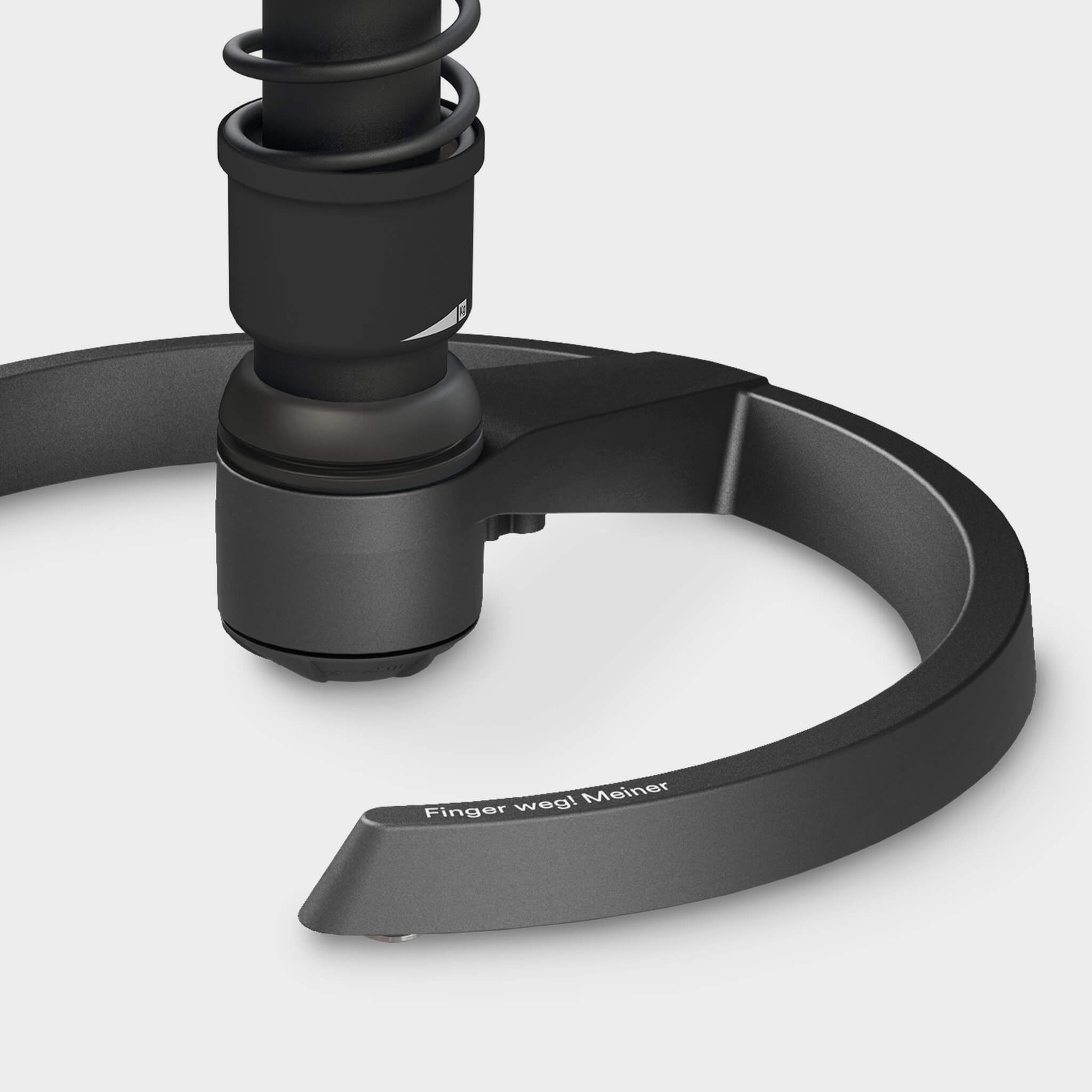Was sind Bänder und Sehnen?
Bänder und Sehnen machen es möglich, dass wir unseren Körper halten und bewegen können. Zusammen mit den Knochen, Muskeln und Gelenken bilden sie den Stütz- und Bewegungsapparat des Menschen. Sitzen, Hocken, Liegen oder Strecken – ohne Bänder und Sehnen wären wir nicht in der Lage uns zu bewegen.
Was ist der Unterschied zwischen Bänder und Sehnen?
Damit Gelenke sich reibungsfrei bewegen können und nicht aufeinander reiben, sind die Gelenkknochen durch eine Knorpelschicht geschützt. Durch dauerhaft zu hohe Belastungen, zum Beispiel durch Übergewicht, sportlichen Aktivitäten aber auch durch Fehlstellungen, kann es zu einem Verschleiß des Knorpels kommen. Die Knorpelschicht wird also immer dünner, bis sie sich fast komplett auflöst. Dadurch treffen die Knochenenden ungeschützt aufeinander, was erhebliche Schmerzen verursachen kann. Die Knochenstruktur im Gelenkbereich verändert sich. Bewegungen sind dann nur noch in schmerzenden Zustand möglich. Teilweise kann die Abnutzung und Verformung auch bis zur Steifheit der Gelenke führen.
Arthrose schleicht sich oft ein, ohne dass der Betroffene es bewusst merkt. Nicht immer führen die degenerativen Prozesse in den Gelenken sofort zu Schmerzen. Erste Symptome können zum Beispiel auch Mühe beim Aufstehen oder unbequemes Sitzen sein.
Wie arbeiten Sehnen?
Sehnen bestehen aus nebeneinander verlaufenden, fest miteinander verbundenen, kollagenen Bindegewebsfasern, die zu Bündeln zusammengefasst sind – ähnlich wie ein Seil. Entgegen der weitverbreiteten Meinung sind sie allerdings nicht starr, sondern um zehn bis 15 Prozent in ihrer Gewebestruktur dehnbar. Im unbelasteten Zustand verlaufen sie leicht wellig und sorgen so wie eine Art Feder für eine Dämpfung der Kraftübertragung auf den Knochen.
Um die Muskelkraft auf unser an sich starres Skelett übertragen zu können und es in Bewegung zu setzen, sind Sehnen auf der einen Seite mit den Muskelfasern verwachsen und setzen auf der anderen Seite an den Knochen an. An einigen Stellen – wie zum Beispiel an unserem Handgelenk – verlaufen sie abgewinkelt über Knochenvorsprünge und sind einer hohen Spannung ausgesetzt. Um bei Bewegungen starke Reibung zwischen Sehne und Knochen zu vermindern, werden sie durch Sehnenscheiden geschützt, deren Flüssigkeit wie ein Schmieröl wirkt.
Bewegen wir uns, ziehen sich zuerst die Muskeln zusammen. Dieser Zug wird an die Sehnen weitergeleitet, die – vergleichbar mit den Fäden einer Marionette – die Bewegung an die Knochen übertragen. Als Ergebnis können wir beispielsweise unser Bein heben oder unsere Hand zu einer Faust ballen.
Wie arbeiten Bänder?
Während die Sehnen also als Kraftüberträger dienen und uns überhaupt erst beweglich machen, haben die Bänder die Aufgabe, unsere Gelenke zu stabilisieren und zu stützen. Bänder sind bindegewebige Verbindungen zwischen zwei Knochen und bestehen im Wesentlichen aus Kollagen. Im Allgemeinen sind sie nur wenig elastisch, weshalb sie schnell überdehnt werden können und dann schlaff werden oder sogar ganz reißen. Doch sie müssen relativ unflexibel sein, denn: Bänder stabilisieren unsere Gelenke von innen wie außen und schränken ihre Beweglichkeit auf ein funktionell sinnvolles Maß ein. So schützen sie vor einer Überdehnung von Muskeln und Sehnen.
Welche Beschwerden können auftreten
Verletzungen an den Bändern können sowohl beim Sport als auch im Alltag auftreten und entstehen in erster Linie durch schnelle (Dreh-) Bewegungen. Werden Bänder über ihr natürliches Maß hinaus gedehnt, beispielsweise wenn man mit dem Fuß umknickt, können sie beschädigt werden. Typische Sportverletzungen sind beispielsweise Bänderdehnungen oder Bänderrisse. Unbehandelt kann eine Bänderverletzung erhebliche Folgen haben: Die Gelenke können für lange Zeit instabil bleiben und weitere Verletzungen oder Schädigungen können entstehen.
Verletzungen an den Sehnen sind oft identisch mit einem Sehnenriss. Möglicherweise schneidet man sich an einem Messer oder einer scharfen Glasscherbe und durchtrennt sich versehentlich die Sehne. Häufig kommt es aber auch zu einer plötzlichen und zu starken Streckung der Sehne, woraufhin diese reißt. Diese sogenannte Sehnenruptur kann z.B. bei Ballsportarten passieren. Ist die Sehne komplett gerissen, ist damit auch die Verbindung vom Muskel zum Knochen zerstört und die Bewegung wird beeinträchtigt - eine Operation ist dann oftmals unumgänglich.
Weniger drastisch ist dagegen eine Sehnenscheidenentzündung. Wird eine Sehne über einen längeren Zeitraum hinweg einseitig oder übermäßig belastet, kann sie sich schmerzhaft entzünden. Oft sind die Ursprungs- oder Ansatzstellen von Sehnen betroffen und verursachen bei jeder Bewegung Schmerzen. Sehnenscheidenentzündungen am Handgelenk sind eine typische “Bürokrankheit”.
Sitzende Tätigkeiten in Kombination mit Bewegungsmangel oder eine einseitige Belastung bzw. Überlastung lassen häufig Schwachpunkte entstehen, die oft über lange Zeit hinweg unterschätzt werden. Eine mögliche Folge: Überdehnte Bänder und verkürzte Sehnen können neben verspannten Muskeln oft Rückenbeschwerden verursachen.
Was kann man im Alltag den Sehnen und Bändern Gutes tun?
Neben regelmäßigem Sport kann man auch im Büroalltag viel für seinen Körper und damit auch für Bänder und Sehnen tun. Das Vermeiden von Fehlhaltungen oder das Variieren der Sitzposition helfen, die Muskulatur zu kräftigen, die Gelenke zu stabilisieren und dadurch die Bänder zu entlasten. Auch die Schulung von Gleichgewicht und Koordination ist empfehlenswert, um das Zusammenspiel von Muskulatur und Bewegung zu verbessern.
Die Aktiv-Sitzmöbel von Aeris fordern und fördern intuitive, natürliche Bewegung. Aeris Swopper und Aeris 3Dee beispielsweise sind dreidimensional beweglich und passen sich jederzeit den natürlichen Bewegungen des Körpers an. Durch das aktiv-dynamische sitzen bleiben die Gelenke stets in Bewegung. Das strafft Bänder und Sehnen, beugt Gelenkverschleiß vor und man tut ganz automatisch etwas für seine Gesundheit.
